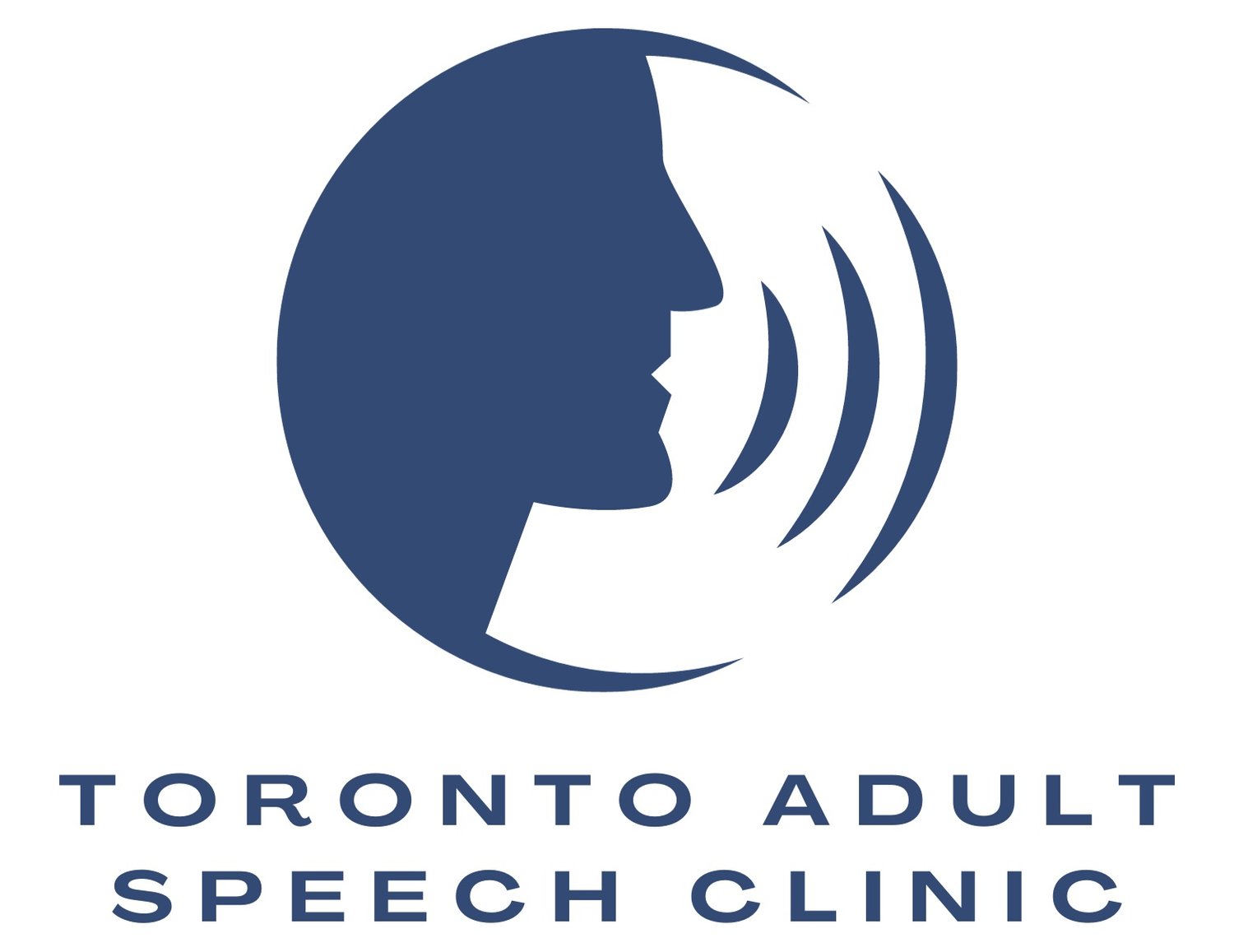Teaching Through a Mask
Teaching Through a Mask
How teachers can keep their voices safe and healthy in the time of COVID-19
The job of a teacher has never been easy- enter COVID-19.
As occupational voice users, teachers rely on their voices being in peak condition so that they can communicate and manage the dynamics of a busy classroom. With new safety precautions including personal protective equipment (or PPE) including masks, the voices of teachers are at risk.
When you wear a mask, air is filtered through the porous materials to take out any harmful substances- like viruses. Because airflow is limited through a mask and air is the carrier for our voice and speech sounds- we can often sound muffled or softer when speaking with a mask on. In the case of speaking in larger or noisy spaces, this can mean that people feel they have to shout or push their voices harder to be heard.
In just a few short weeks of being back to school, teachers are already writing to me and complaining of excessive vocal fatigue and changes in their voice quality after only a day of teaching.
I have included some tips below to help teachers navigate this added challenge to their day.
Remember, nearly 50% of teachers experience voice issues over the span of their career, but this is NOT a necessary evil. Your voice is how you communicate and connect with students- and poor quality voices connect less, which the research has shown results in children under-performing. Your voice matters and we want to make sure you have the tools to keep it safe.
Teacher Voice Tip #1- Take Breaks.
For every 60-90 minutes of teaching, try and plan about 5-10 minutes of a complete “vocal nap.” This means you focus on being completely silent and taking some relaxing breaths in through the nose and silently out through the mouth.
Teacher Voice Tip #2- Take Breaths.
Right before you start to talk, take a nasal breath instead of one in through the mouth. This will help the voice “start” more easily. You can also be more cognizant of taking these kinds of breaths when you’re not talking. Nasal breath in, silent breath out through the mouth.
Teacher Voice Tip #3- Sip Water.
Normalize having water with you at all times. Take frequent sips throughout your day rather than realizing you forgot and simply chugging water during occasional breaks. This will improve your hydration, voice function, and make sure you have to take less frequent bathroom breaks! Win-Win-Win!
Teacher Voice Tip #4- Get their Attention.
Having to talk over loud noises in a large space is challenging without a mask. But with a mask, it is nearly impossible. Find non-verbal or non-speech sound cues to get the attention of your class and have this be the new normal for getting everyone’s attention and silence.
Teacher Voice Tip #5- Mic up.
If you are in a particularly large space or with a particularly noisy bunch- don’t be afraid to request or bring a portable mic to your class. This has the benefit of catching your speech closer to when it leaves your mouth and amplifying it for you so that you don’t have to shout. It also is a good consideration for teachers who have any students with hearing difficulties in their class.
“Know your limit, Voice within it!”- Jordan Scholl, SLP
Those are some quick tips for teachers to keep your voice safe and healthy. Remember to respect your voice. You know when it feels tired or like you’re having to shout or strain. Respect that. I always tell my clients: “Know your limit, Voice within it.” It will also help if you actively make ANY changes to your everyday voice routine in a realistic way. Take on one or two of the suggestions above. Once they start to integrate into your routine, start adding in new goals for yourself.
Finally- be patient with yourself. You have a lot going on if you are having to teach and manage an entire classroom. You aren’t going to be able to be focused on your voice or making all the right choices all the time. And that’s okay. You’re already doing great, just by reading this post and being more aware.
If you want help strengthening or training your voice- or developing a proactive plan to warm up and care for the voice that is individual to your needs. Contact us and let us know! We also offer workshops for groups of teachers that feel group learning would be more beneficial.
Whatever you need to strengthen and support your voice- we’ve got you.
Happy Healthy Voicing!
Below are some infographics you can put up or use as reminders!









